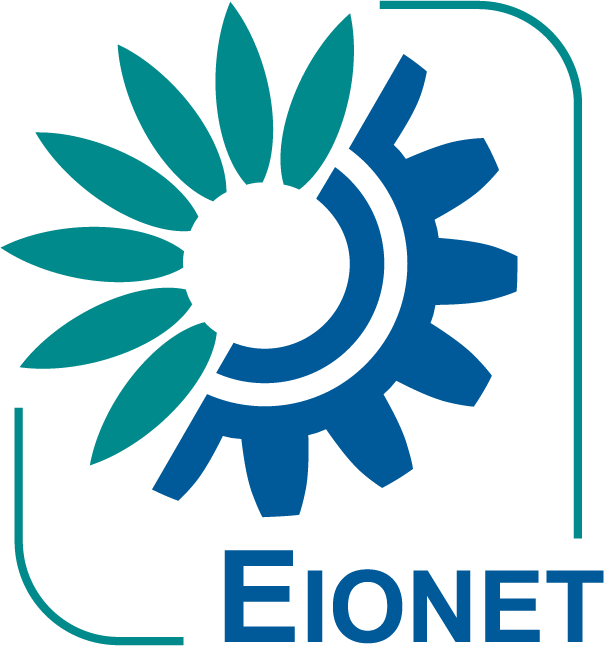Dataflows
EEA and its member and cooperating countries collaborate on the collection and organisation of data on the state of the environment and associated driving forces, pressures and impacts. Member States monitor the situation on the ground, e.g. though environmental monitoring of pollutants in water, air, soil, etc. This is often done by local or regional authorities and the data are then being brought together and compiled at national level before being reported.
This collection of data is done through multiple dataflows, which facilitate the flow of environmental data from countries to the assessment and information activities organised by EEA and Eionet.
Dataflows are defined in the EEA-Eionet regulation, and also in European legislation, and the list of dataflows where the EEA supports the delivery process can be found in the EEA managed Reporting Obligations Database.
The following pages provide an overview of:
- Eionet core dataflows where a specific set of the most important dataflows are evaluated annually
- Eionet national dataflow coordinator function
- The reporter nominations process to reporting dataflows
